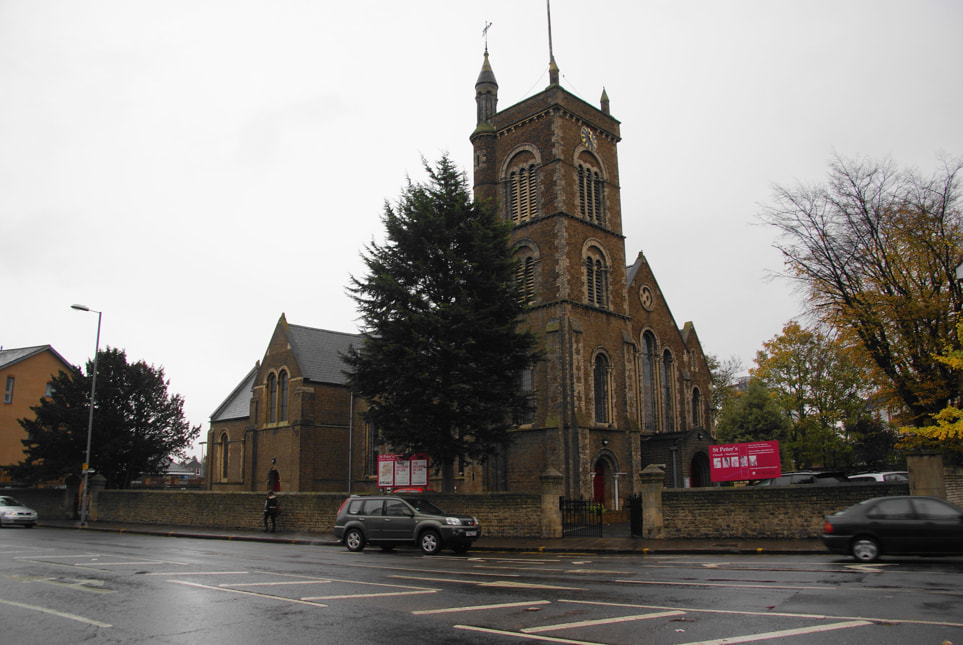Kingston Norbiton’s Tapestry: Rethreading the Fabric with Change of Use
Kingston Norbiton, a district nestled in the crook of London’s southwest like a forgotten curio, is experiencing a metamorphosis as captivating as any butterfly’s emergence from its chrysalis. Once a realm of quiet streets lined with stoic brick buildings – a haven for established families and the gentle hum of light industry – the area is undergoing a remarkable shift, driven by the concept of “Change of Use” applications. This isn’t your typical urban renewal project, though. Kingston Norbiton’s transformation feels more like an intricate embroidery project, where the existing threads of the community are carefully unwoven and then rewoven into a richer, more vibrant tapestry.
The Change of Use movement pulsates with a desire to breathe new life into the district’s dormant potential. Vacant commercial spaces, once the stomping grounds of local businesses, are being eyed by developers with a vision for repurposing. Residential conversions are at the forefront of this change, a response to the ever-growing demand for housing in the London sprawl. But these aren’t just cookie-cutter apartment blocks. Architects and developers are getting creative, transforming old warehouses into stunning loft apartments and office buildings into innovative co-working havens, catering to the city’s burgeoning freelance and startup culture. This isn’t just about bricks and mortar; it’s about fostering a dynamic ecosystem where ideas can flourish.
The driving forces behind this metamorphosis are as multifaceted as the envisioned future of Kingston Norbiton. The district boasts a prime location, a stone’s throw away from central London via the Kingston upon Thames railway station and major arteries. This connectivity makes it a magnet for young professionals and families alike. Additionally, the existing commercial spaces, while underutilized, offer a cost-effective alternative to ground-up construction, a boon for developers in an ever-competitive market. Perhaps the most crucial factor is the vision of the London Borough of Kingston upon Thames council. Recognizing the potential for revitalization, they’ve adopted a forward-thinking approach, welcoming well-designed Change of Use proposals with open arms.
However, as with any grand tapestry, weaving a new future for Kingston Norbiton requires careful consideration of both the vibrant new threads and the delicate existing ones. The influx of residents due to residential conversions could put a strain on local infrastructure, demanding investments in schools, healthcare facilities, and transportation. The repurposing of commercial spaces, while creating a more dynamic business landscape, might lead to a loss of jobs in specific sectors. The key lies in striking a harmonious balance, ensuring that the district’s soul – its established character and close-knit community – isn’t sacrificed at the altar of progress.
This is where Kingston Norbiton’s transformation truly becomes unique. Here, the focus isn’t just on replacing the old with the new, but on creating a symphony of the past and present. Sustainable practices are being championed in construction and renovation, ensuring the new developments blend seamlessly with the existing environment. Architects are incorporating elements of the district’s architectural heritage into their designs, a subtle nod to the area’s history. Most importantly, the London Borough of Kingston upon Thames is actively engaging with residents and businesses throughout the planning process. This fosters a sense of ownership and empowers the community to become active participants in shaping the future of their beloved district.
Kingston Norbiton’s metamorphosis is a testament to the power of thoughtful urban development. It’s a story not just of bricks and mortar, but of a community embracing change while fiercely protecting its identity. As the threads of the new and old are carefully woven together, Kingston Norbiton is poised to become a vibrant hub, a place where diverse communities can flourish, businesses can thrive, and the echoes of the past resonate harmoniously with the melody of the future. This isn’t just a story of urban renewal; it’s a captivating tale of a district rewriting its own narrative, one stitch at a time.



Comments are closed